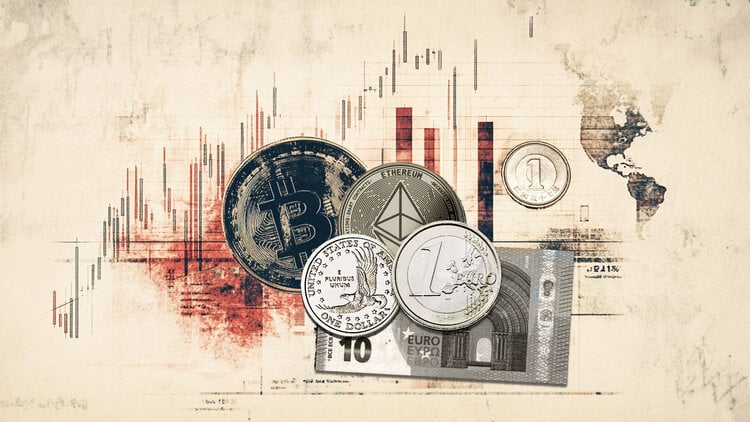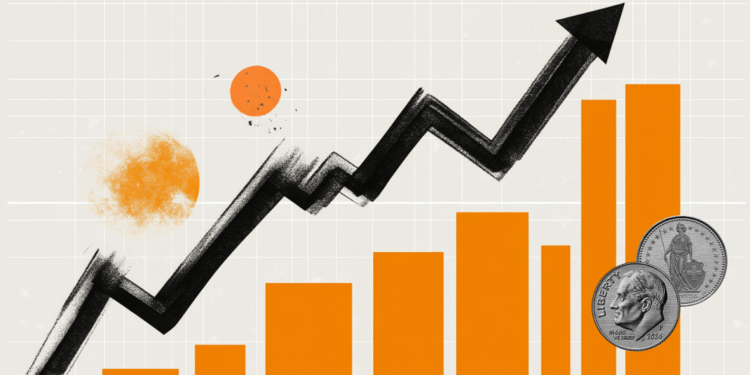- The pound is triggered above 1,3500, driven by the weakness of the US dollar.
- New tariff threats, a new conflict with China and debt concerns are weighing on the US dollar.
- The soft US PCE inflation figures and the moderate comments of the governor of the Fed, Wakker, have added pressure on the dollar.
The pound is on the rise at the opening hours of the London session on Monday, favored by a weakened US dollar, which has reversed Friday’s profits after a new tariff threat of President Trump and a new commercial conflict with China.
Investors are selling the US dollar on Monday, cautious that a 50% tariff on aluminum and steel, as Trump announced on Friday, will probably add pressure on economic activity and increase inflationary pressures.
Tariffs and debt concerns continue to punish the US dollar
Apart from that, the accusations that China violated an agreement on the mineral trade have further poisoned the already fragile relations between the two main economies of the world. Beijing has responded by taking overwhelming actions, in a new turn of Trump’s commercial political chaotic that has been weighing on the US dollar for months.
The renewed commercial fears are added to the concerns about the fiscal stability of the US “Great and beautiful bill” of Trump, which will be discussed in the Senate in the coming weeks, is expected to add billions of US dollars to an increase already increasing. This keeps investors in alert and feeds a gradual trade of “selling America.”
In the macroeconomic front, the US PCE price index of Friday relieved concerns about inflation, at least for now, and kept the hopes of greater relief by Fed.
In short, the pound progresses, driven by the weakness of the dollar. Later today, the final reading of the M&P manufacturing PMI of the United Kingdom and the BOE Mann speech will provide more guidance for the pair. In the US session, the culminating point will be the ISM manufacturing PMI.
LIBRA ESTERLINA PRICE TODAY
The lower table shows the percentage of pounding sterling (GBP) compared to the main currencies today. Libra sterling was the strongest currency against the US dollar.
| USD | EUR | GBP | JPY | CAD | Aud | NZD | CHF | |
|---|---|---|---|---|---|---|---|---|
| USD | -0.61% | -0.60% | -0.57% | -0.41% | -0.72% | -0.94% | -0.50% | |
| EUR | 0.61% | -0.00% | 0.05% | 0.19% | -0.10% | -0.37% | 0.10% | |
| GBP | 0.60% | 0.00% | 0.06% | 0.19% | -0.10% | -0.37% | 0.10% | |
| JPY | 0.57% | -0.05% | -0.06% | 0.15% | -0.16% | -0.40% | -0.03% | |
| CAD | 0.41% | -0.19% | -0.19% | -0.15% | -0.30% | -0.55% | -0.09% | |
| Aud | 0.72% | 0.10% | 0.10% | 0.16% | 0.30% | -0.20% | 0.29% | |
| NZD | 0.94% | 0.37% | 0.37% | 0.40% | 0.55% | 0.20% | 0.47% | |
| CHF | 0.50% | -0.10% | -0.10% | 0.03% | 0.09% | -0.29% | -0.47% |
The heat map shows the percentage changes of the main currencies. The base currency is selected from the left column, while the contribution currency is selected in the upper row. For example, if you choose the sterling pound from the left column and move along the horizontal line to the US dollar, the percentage change shown in the box will represent the GBP (base)/USD (quotation).
Source: Fx Street
I am Joshua Winder, a senior-level journalist and editor at World Stock Market. I specialize in covering news related to the stock market and economic trends. With more than 8 years of experience in this field, I have become an expert in financial reporting.





